To improve the consistency of the quality and shelf-life of Fresh Produce (including prepared) it is important to have full control over the permeability of the packaging film depending on the actual product respiration per season. A properly designed packaging material would significantly improve the quality of Fresh Produce and reduce wastage.
MAP (Modified Atmosphere Packaging) films for fresh produce with auto-breathing properties are designed to maintain an optimal atmosphere within the packaging to extend the shelf life of the produce. These films typically consist of multiple layers of materials that provide different functions such as gas barrier, moisture barrier, and mechanical strength.
The auto-breathing feature refers to the ability of the packaging to adjust its gas composition automatically based on the respiration of the fresh produce inside. As the produce respirates (releases carbon dioxide and consumes oxygen), the packaging allows for the exchange of gases with the external environment while maintaining the desired modified atmosphere within the package.
The specific properties of the MAP film for fresh produce with auto-breathing capabilities may include:
- Gas Permeability: The film allows for controlled permeation of gases such as oxygen, carbon dioxide, and nitrogen to maintain the desired gas composition within the packaging.
- Oxygen Scavenging: Some films may incorporate oxygen scavenging agents or materials to actively remove excess oxygen from the package, helping to prevent oxidative deterioration of the produce.
- Carbon Dioxide Absorption: Similarly, certain films may have properties to absorb excess carbon dioxide produced by the respiring produce, preventing the accumulation of harmful levels of this gas.
- Moisture Management: The film may also regulate moisture levels within the package to minimize condensation and prevent microbial growth while preserving the freshness of the produce.
- Mechanical Strength: The film should have adequate mechanical strength and puncture resistance to protect the produce during handling and transportation.
- Transparency: Transparency is often desired in MAP films for fresh produce to allow consumers to see the contents of the package, which can influence purchasing decisions.
- Food Safety: The film should comply with food safety regulations and be suitable for direct contact with food.
EMAP (Equilibrium Modified Atmosphere Packaging) is one of the methods for prolonging the shelf life of fresh produce (i.e., fruits and vegetables) by optimizing the in-package equilibrium atmosphere. This is achieved by timely removal of the acidic condensate and optimally controlling the equilibrium concentrations of O2 and CO2.
EMAP exploits the natural respiration of fruits and vegetables for regulating the in-package atmosphere. The targeted Modified Atmosphere develops as an equilibrium steady state composition controlled by the modified permeability of the packaging film. The required transfer rate through the packaging film is obtained by a properly designed micro- perforation pattern.
These properties collectively contribute to maintaining the quality and extending the shelf life of fresh produce by creating an optimal atmosphere within the packaging while allowing for the natural respiration of the produce.
Modified Atmosphere Packaging (MAP) films offer several benefits for the fresh food industry:
- Extended Shelf Life: MAP films create a modified atmosphere within the packaging that helps to slow down the deterioration of fresh food products. By controlling the levels of oxygen, carbon dioxide, and moisture, MAP films can extend the shelf life of fresh foods, reducing waste and improving profitability for food producers and retailers.
- Preservation of Freshness: MAP films help to preserve the freshness, color, texture, and nutritional value of fresh food products. By inhibiting microbial growth and oxidative reactions, MAP packaging maintains the quality of fresh foods for longer periods, ensuring that consumers receive products that meet their quality expectations.
- Reduced Food Spoilage: MAP films minimize exposure to air and moisture, which are primary factors contributing to food spoilage. By creating a barrier against external contaminants, MAP packaging helps to reduce the risk of microbial contamination, mold growth, and enzymatic reactions, thereby reducing the likelihood of food spoilage and increasing food safety.
- Enhanced Product Presentation: MAP films are transparent, allowing consumers to see the contents of the packaging, including the freshness and quality of the food products. This transparency enhances the visual appeal of fresh food products, increasing consumer confidence and purchase intent.
- Improved Distribution and Logistics: MAP packaging provides protection to fresh food products during transportation and storage. The controlled atmosphere created by MAP films helps to maintain product quality and integrity throughout the supply chain, reducing product losses and ensuring that consumers receive high-quality products.
- Increased Marketability: Fresh food products packaged with MAP films have a longer shelf life and better visual appeal, making them more attractive to consumers. The ability to offer fresh food products with extended shelf life can give food producers and retailers a competitive edge in the market, leading to increased sales and customer satisfaction.
- Sustainable Packaging Solutions: MAP films can be designed using recyclable and eco-friendly materials, contributing to sustainable packaging practices in the fresh food industry. By reducing food waste and optimizing packaging materials, MAP films support environmental conservation efforts and promote a more sustainable food supply chain.
Overall, MAP films offer a range of benefits for the fresh food industry, including extended shelf life, preservation of freshness, reduced food spoilage, enhanced product presentation, improved distribution and logistics, increased marketability, and sustainable packaging solutions. These benefits contribute to greater efficiency, profitability, and consumer satisfaction within the fresh food industry.
While Modified Atmosphere Packaging (MAP) films offer numerous benefits for the fresh food industry, they also come with certain challenges:
- Cost: MAP films can be more expensive compared to traditional packaging materials, which can increase the overall packaging costs for food producers. The development and production of MAP films with specific gas barrier properties and other functionalities contribute to their higher cost.
- Technical Expertise: Implementing MAP packaging requires technical expertise to ensure proper design, selection of materials, and packaging processes. Food producers need to understand the principles of MAP and have the necessary equipment and knowledge to achieve the desired modified atmosphere within the packaging.
- Gas Permeability Control: Achieving and maintaining the desired gas composition within MAP packaging can be challenging. Variations in temperature, humidity, and atmospheric pressure during storage and transportation can affect the gas permeability of the packaging materials, leading to unintended changes in the modified atmosphere and potentially affecting the quality of the packaged food products.
- Product Compatibility: Not all fresh food products are suitable for MAP packaging. Some products may produce high levels of respiratory gases (e.g., fruits and vegetables), which can lead to undesirable effects such as off-flavors, discoloration, or accelerated spoilage if not properly managed within the packaging.
- Microbial Growth: While MAP packaging helps to inhibit microbial growth by reducing oxygen levels, certain microorganisms, such as anaerobic bacteria, may thrive in low-oxygen environments. Proper sanitation and hygiene practices are essential to prevent microbial contamination and ensure food safety.
- Packaging Waste: MAP films, like other types of packaging materials, contribute to packaging waste generation. While MAP packaging helps to reduce food waste by extending the shelf life of fresh food products, the disposal of used MAP films presents environmental challenges. Efforts to develop recyclable or biodegradable MAP films can help mitigate this issue.
- Regulatory Compliance: MAP packaging must comply with food safety regulations and standards, including those related to packaging materials, labeling, and shelf life extension claims. Food producers must ensure that their MAP packaging meets regulatory requirements to avoid compliance issues and potential recalls.
- Consumer Perception: Some consumers may have concerns or misconceptions about MAP packaging, particularly regarding its environmental impact or perceived effects on food freshness and safety. Educating consumers about the benefits and safety of MAP packaging can help address these concerns and build trust in the technology.
Addressing these challenges requires collaboration among food producers, packaging manufacturers, regulatory agencies, and other stakeholders to develop innovative solutions, improve packaging processes, and ensure the continued effectiveness and sustainability of MAP packaging in the fresh food industry.
At BV Packaging, we can assist you determine the right packaging materials for your product and provide it at a price that is most competitive. We will ensure that you improve upon the shelf life of your product and meet your sustainability objectives as well.
Call us on 0431 432 130 OR 0413 441 907 and let us discuss.
OR
Email your enquiries to ash@bvpackaging.com.au
Top of Form
Bottom of Form


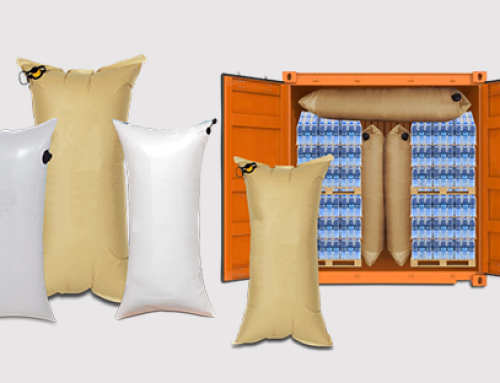
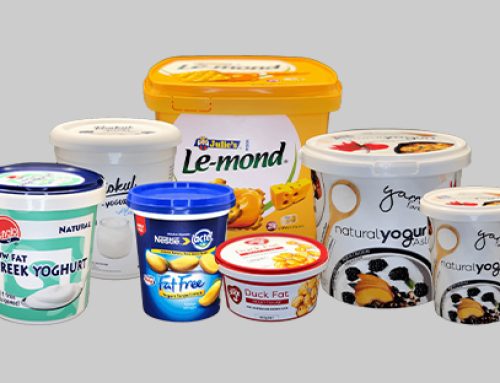
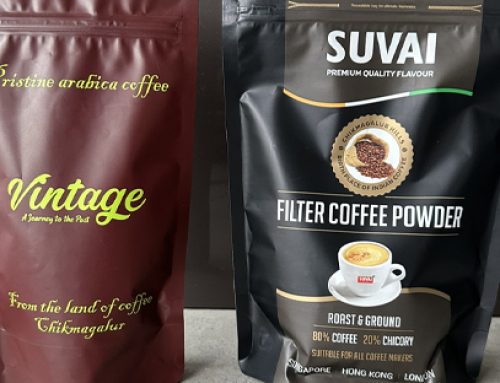
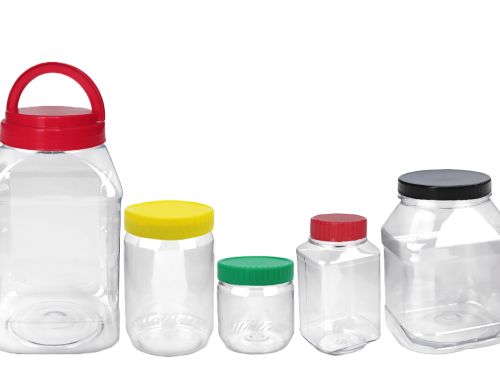
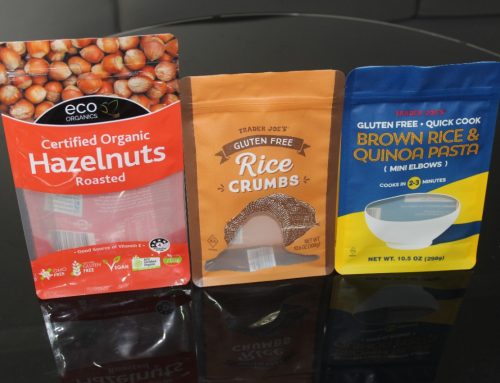
Leave A Comment